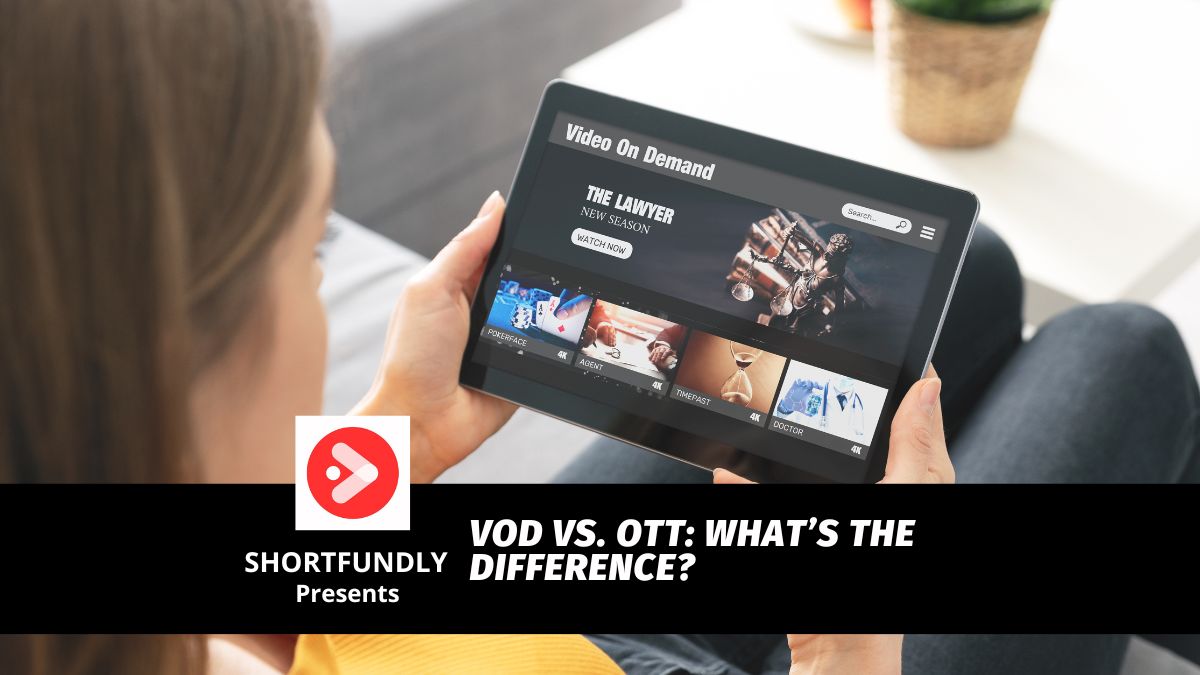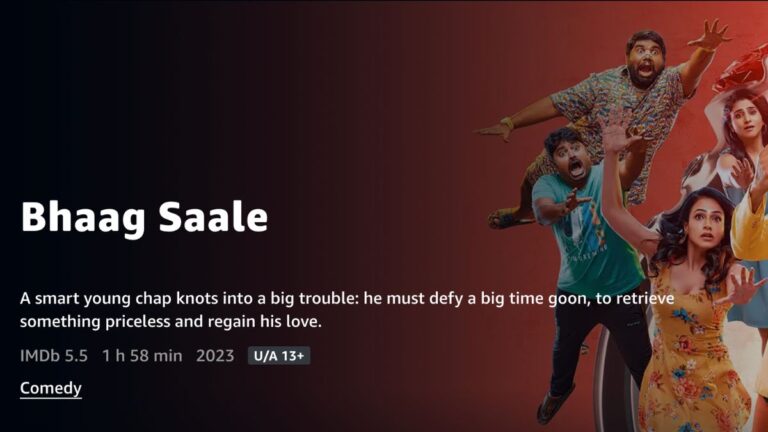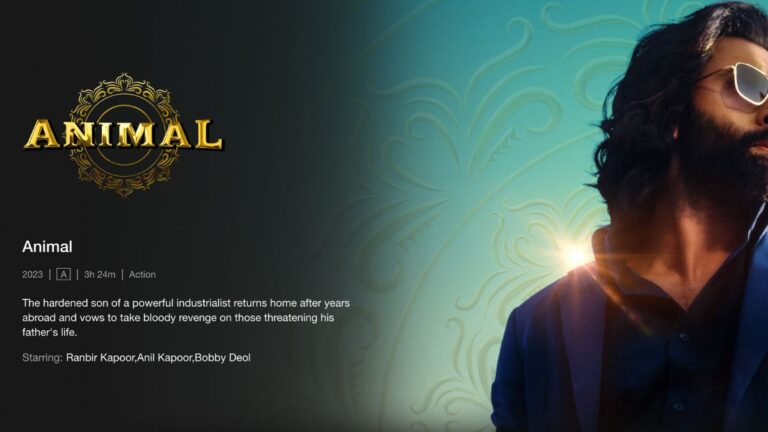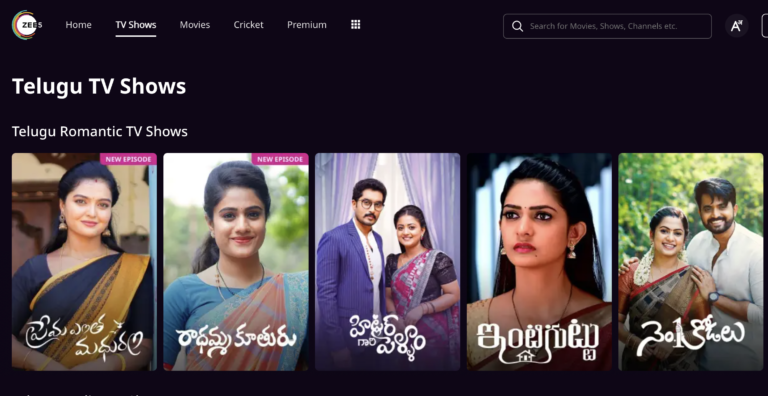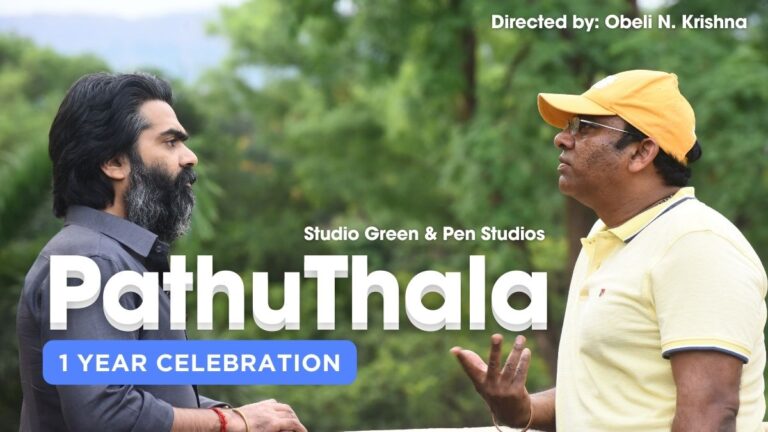Table of Contents
Introduction
In the world of streaming video, there are two terms that are often used interchangeably but actually refer to different things: VOD and OTT. While both are important components of the streaming ecosystem, they serve different purposes and offer different benefits. In this blog post, we’ll take a closer look at VOD vs. OTT and explain the key differences between the two.
VOD (Video on Demand) and OTT (Over-the-Top) are two terms that are often used interchangeably, but they actually have different meanings.
Video on Demand (VOD) is a type of media distribution system that allows users to watch videos on their own time. VOD services typically offer a catalog of pre-recorded videos that users can browse and select from. Once a video is selected, it is streamed to the user’s device, and the user can watch it as many times as they want.
Release your shortfilm & web series in shortfundly and earn monthly via Pay Per View method. To know more details, refer – https://www.shortfundly.com/explore
Over-the-Top (OTT) is a term that refers to any media service that is delivered directly to viewers over the internet. OTT services can include VOD, but they can also include live streaming, music streaming, and other types of content. OTT services typically do not require a traditional cable or satellite subscription, and they can be accessed on a variety of devices, including smartphones, tablets, computers, and TVs.
So, what is the difference between VOD and OTT? VOD is a type of media distribution, while OTT is a delivery method. VOD services can be delivered over OTT, but they can also be delivered over cable or satellite. OTT services, on the other hand, are always delivered over the internet.
Here is a table that summarizes the key differences between VOD and OTT:
| Feature | VOD | OTT |
|---|---|---|
| Definition | A type of media distribution that allows users to watch videos on their own time. | A term that refers to any media service that is delivered directly to viewers over the internet. |
| Delivery methods | Cable, satellite, or the internet | The internet only |
| Content | Pre-recorded videos | Pre-recorded videos, live streaming, music streaming, and other types of content |
| Subscriptions | Some VOD services require a subscription, while others are free. | OTT services can be free or subscription-based. |
Some popular examples of VOD services include Netflix, Hulu, and Amazon Prime Video. Some popular examples of OTT services include YouTube, Twitch, and Spotify.
VOD (Video on Demand)
VOD, or Video on Demand, is a service that allows users to watch video content whenever they want. With VOD, users can choose from a library of movies, TV shows, and other video content and watch it at their convenience. VOD services are typically offered by cable and satellite TV providers, as well as streaming services like Netflix and Hulu.
One of the key benefits of VOD is that it allows users to watch content at their own pace. Instead of being tied to a specific broadcast schedule, users can watch shows and movies on their own schedule. This makes VOD a great option for people who have busy schedules or who want to catch up on their favorite shows at their own pace.
OTT (Over-The-Top)
OTT, or Over-The-Top, refers to streaming video services that are delivered directly to users over the internet. Unlike traditional cable or satellite TV services, which require a set-top box or other specialized equipment, OTT services can be accessed through a variety of devices, including smartphones, tablets, smart TVs, and streaming media players.
One of the biggest benefits of OTT is its flexibility. Because it’s delivered over the internet, users can access OTT services from anywhere with an internet connection. Additionally, OTT services often offer a wider range of content than traditional TV services, including original programming and content from around the world.
VOD Vs. OTT
Although VOD (Video on Demand) and OTT (Over-The-Top) are often used interchangeably, they have notable differences. Let’s delve into these differences to better understand each term.
Firstly, VOD refers specifically to on-demand video content that can be accessed anytime by the user. In contrast, OTT refers to the method of content delivery over the internet. While VOD services are primarily delivered via traditional cable and satellite TV networks, OTT services are directly delivered over the internet, often through third-party platforms such as Netflix, Hulu, and Amazon Prime Video.
Another key difference is the variety of content that is available. VOD services typically offer a library of movies and TV shows, while OTT services often offer a wider range of content, including live events, sports, and original programming. In addition, OTT services are sometimes used for streaming live television channels, providing viewers with a more flexible and customized viewing experience.
It is also important to note that both VOD and OTT are becoming increasingly popular due to their convenience and flexibility. Many people opt for these services because they can watch their desired content anytime, anywhere, and on any device of their choice. Moreover, with the rise of OTT services, traditional cable and satellite TV networks are competing by offering VOD services as well, making it even easier for viewers to access their favorite content.
In conclusion, while VOD and OTT share some similarities, they are distinct in their own way. Understanding these differences can help users make informed decisions when choosing between the two services.
Conclusion
In conclusion, VOD and OTT are two important components of the streaming video ecosystem, but they serve different purposes and offer different benefits. VOD is focused on on-demand video content and is often delivered by cable and satellite TV providers, while OTT is focused on delivering video content over the internet and offers a wider range of content. By understanding the differences between VOD and OTT, users can make more informed decisions about which services are right for them.
Note:
*Shortfundly is hiring for multiple roles in chennai. Start refer your known connections to these openings*. check it out – https://lnkd.in/erZm6rzh
About Shortfundly:
Shortfundly is an OTT marketplace platform available to share the best short films and web series through global multi-platform network. Their editorial platform enables global audience to easily discover, watch, and share unique contents anywhere on their desktop, Connected TV and mobile devices.
If you plan to release and earn in OTT platform. Learn how to distribute short film via shortfundly.
For publishing an advertorial article about your digital news/product launch/ short film/web series/album song on our website, drop an email at [email protected]
We accept guest blogging on our platform. Do let share your article with us
Check out our Shortfundly YouTube channel for other interesting podcasts & interviews with filmmakers.
